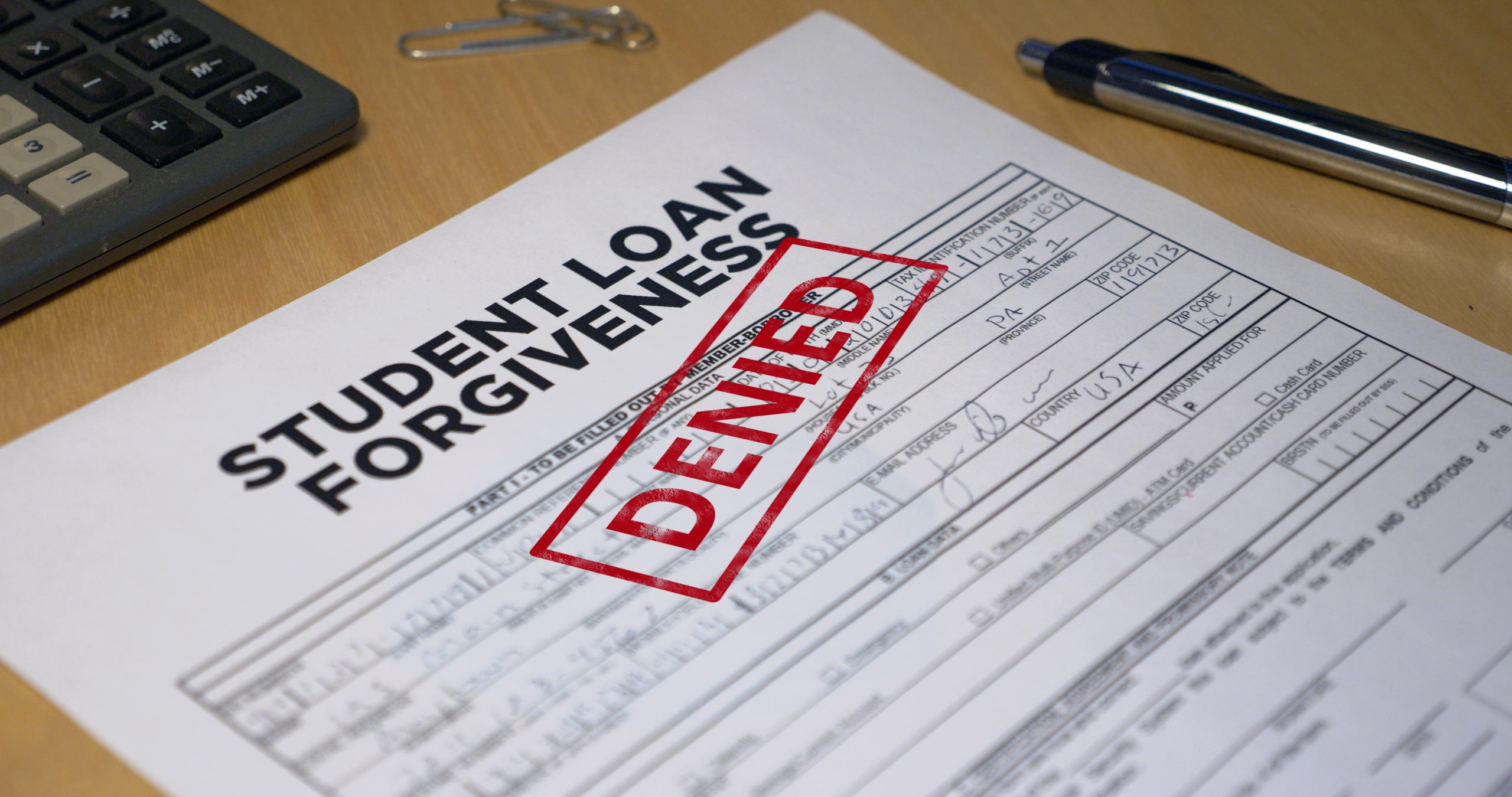The hot, lazy days of summer may not be so lazy if you’re getting ready to send your child off to college. In addition to buying sheets and figuring out which food plan is best, you should consider some financial details (beyond paying the exorbitant cost of tuition). You may want your college-bound kid to have a credit card.
As with most things involving money, there are pluses and minuses to handing a credit card to a young adult. But there are some tangible benefits to consider.
Credit Cards Are A Resource to Deal with Emergencies
If your child is living away from home for the first time, you certainly want him or her to have the financial resources to deal with an emergency. They might need to take a quick trip home or get stranded in a car that breaks down. Hopefully, this will never happen, but we all know that planning for worst case scenarios can provide peace of mind.
Credit Cards Build Credit History
Building a credit history now will help when they are on their own after earning that college degree. Without a positive credit history, they could run into problems renting an apartment, applying for a job, or getting a car loan or insurance. And one of the factors the credit bureaus use in determining credit score is the length of one’s credit history. In fact, it is the third most important factor in computing credit score. That’s why it’s important to begin establishing a credit history long before they graduate.
One option many parents consider is to make their child an authorized user on their credit card. There are a couple of advantages to this. First, your child will benefit from your credit history which helps build their own. This of course assumes you have good credit and the credit card company reports the information to credit bureaus such as Experian or TransUnion. Also, this scenario allows you to easily monitor their spending.
There is a downside however. You are the co-signer for all purchases on the card and thus responsible for all payments. Even if your arrangement with your child is for them to pay for all or part of their pizza and clothing purchases, the burden falls on you to pay the credit card company each month. If you fail to do so, it can be costly in terms of fees and penalties, and it can ding the FICO credit scores for both of you. There is always the possibility that your kid will make some extravagant purchases and run up thousands of dollars in bills. If they do, you are legally responsible.
One idea to help you monitor how they’re handling their new credit card is to set up “push alerts.” Different credit cards offer different triggers, but they may include events such as:
- Transactions (every one, or just transactions over a certain price threshold)
- Purchases made over the phone or internet
- Bill due notification (kids should receive this as well, to help them avoid late payments and fees)
- Balance notification (this lets you know if kids are getting close to their spending limit)
Credit Cards Teach Young Adults about Budgeting
That leads us to the next benefit—the teaching moment. Hopefully you have been including your children in discussions about personal financial matters since they were very young, but this is a critical time to impress upon them the need to budget, to pay their bills on time and in full, and to use the card only for purchases they can afford to pay for in the next 30 days.
It’s also a great opportunity to talk about the dangers of debt and the head-spinning cost of paying interest and penalties. That may seem like a no-brainer, but a recent survey by U.S. News found that 40% of college students were not taught about the dangers and responsibilities that go along with using a credit card. You can be a great shopper and pick up bargains on items that are marked down by 25%, but if you don’t pay that bill on time, you forego that discount and then some. Google the phrase “revolving balance credit calculator.” It’s a fun exercise to see how costly it becomes to pay just the minimum each month or even worse, to miss a payment altogether.
Another part of the financial education process is to teach the importance of resisting temptation. Just because they have a credit card in their pocket doesn’t mean they should use it for frivolous purchases or for things they can’t afford to buy. It’s your job to establish ground rules on how the card should be used, which purchases they are responsible for paying for, and how those payments will be made.
Alternative Options to a Credit Card
Having said all that, there are other options beyond a credit card.
Option number one is a debit card. In many ways, debit cards can be used just like credit cards, and they can be used to get cash without paying exorbitant fees. Of course, they have to be linked to a cash source, which helps you control how much they spend. The main downside to a debit card is that it does not help someone establish a credit history.
A second option is a pre-paid credit card. They operate like a credit card but require a deposit, usually between $200 and $500. This security deposit is used if you default on your payments. The spending limit is often equal to the security deposit, which minimizes the risk for both the user and the card issuer. You are, however, still responsible for making monthly payments to cover the cost of your purchases. The downside is that you need cash to get started, and there is often an annual fee to pay.
So Which One is Right for Your Child?
If you choose the credit card option, find one with no annual fee. Also, even though your intent is to pay it off every month, check the APR (Annual Percentage Rate), as some credit cards are higher than others.
A decade ago, college campuses were littered with aggressive marketers, offering free T-shirts and frisbees to get kids to sign up for their cards. But the Credit CARD Act of 2009 set limits on that kind of marketing, especially to kids under the age of 21—making it a bit more difficult to get too deeply mired in credit card debt. However, there are still plenty of unsolicited credit card offers that come through the mail and online.
If you decide to get a new credit card, do your research. Reputable sites such as the ones below can be helpful in finding the right card for your child:
There is not a one-size-fits-all answer for parents. You know your child best. You know how responsible they are, how likely they are to go on a spending spree, and how easily they can be thrown off course under certain circumstances. Helping them learn about the real world advantages and dangers of using credit will help them make a successful transition from college to the work force. Paying off student loan debt can be daunting enough; you don’t want them to have to pay off high amounts of revolving credit card debt on top of that.



